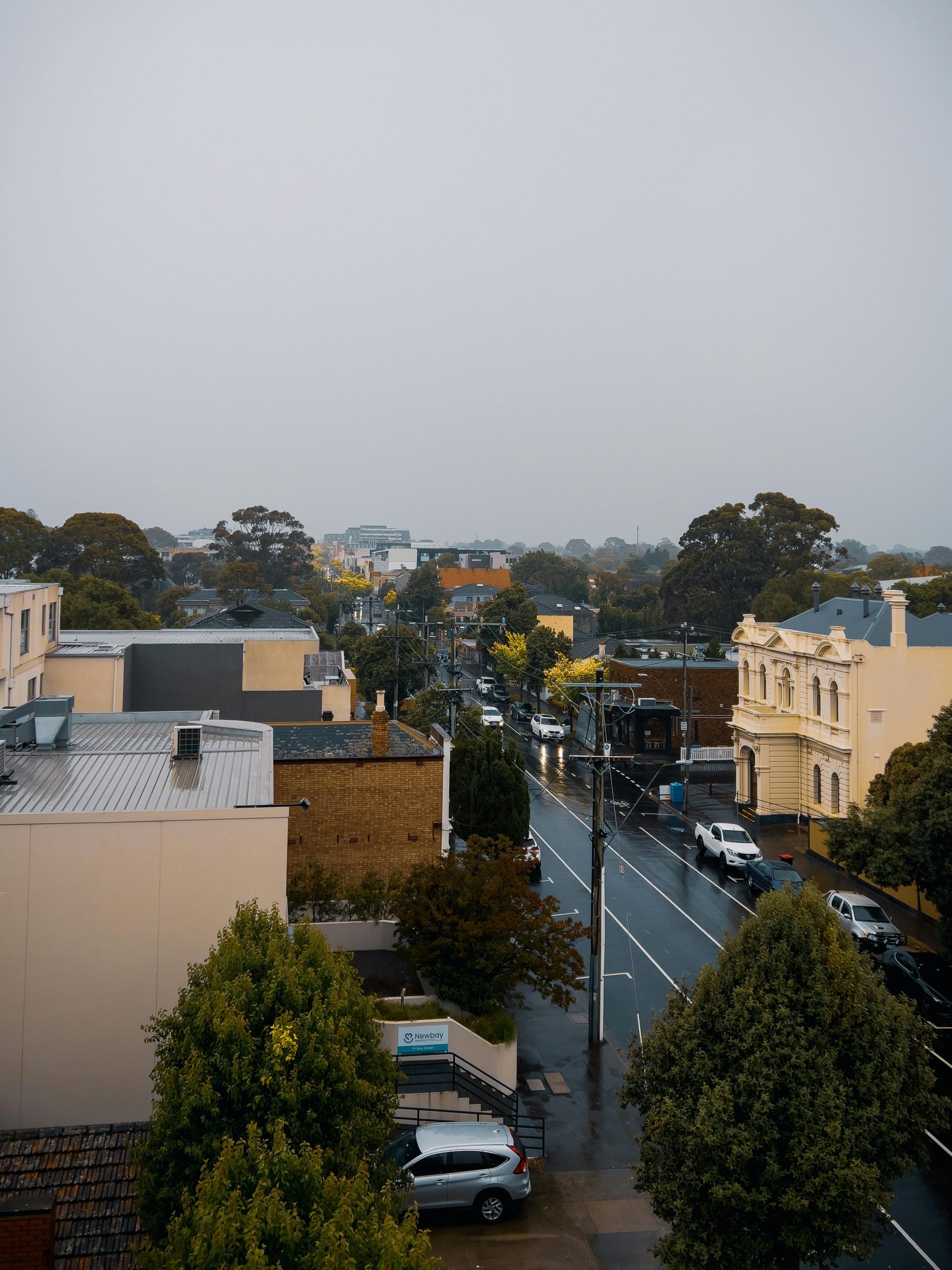Life is full of surprises, and not all of them are pleasant. From unexpected car repairs to sudden medical bills or even job loss, financial emergencies can strike at any time. That’s where a rainy day fund comes in—a dedicated savings buffer designed to help you weather life’s storms without derailing your financial stability. Building this safety net might seem daunting, but with the right strategies, anyone can create a fund that provides peace of mind and financial security. Here’s how to get started.
Why a Rainy Day Fund is Non-Negotiable
A rainy day fund isn’t just a nice-to-have—it’s a financial necessity. Without one, unexpected expenses can force you into debt, whether through high-interest credit cards or loans. The stress of scrambling for funds during a crisis can also take a toll on your mental and emotional well-being. A well-funded safety net allows you to handle emergencies without compromising your long-term financial goals.
Key benefits of a rainy day fund include:
- Financial security: Avoid debt when unexpected costs arise.
- Reduced stress: Knowing you’re prepared helps you sleep better at night.
- Flexibility: You can make decisions based on what’s best for you, not just what’s urgent.
How Much Should You Save?
Determining the right amount for your rainy day fund depends on your lifestyle, expenses, and risk tolerance. A common rule of thumb is to save enough to cover three to six months’ worth of living expenses. However, if you have irregular income or dependents, you may want to aim for a larger cushion.
Steps to calculate your ideal rainy day fund:
- Track your monthly essential expenses (rent, utilities, groceries, etc.).
- Multiply this number by 3 to 6, depending on your comfort level.
- Adjust for personal factors, such as job stability or health concerns.
Remember, it’s okay to start small. Even $500 can make a difference in an emergency.
Where to Keep Your Rainy Day Fund
Accessibility and safety are the two most important factors when choosing where to stash your rainy day savings. Unlike long-term investments, this money should be easily accessible in case of an emergency, but not so easy that you’re tempted to dip into it for non-essentials.
Best places to store your rainy day fund:
- High-yield savings accounts: These offer better interest rates than regular savings accounts while keeping your money liquid.
- Money market accounts: A hybrid between savings and checking accounts, these often come with higher interest and limited check-writing abilities.
- Certificates of deposit (CDs): For a portion of your fund, CDs can offer higher interest rates, but your money will be locked in for a set term.
Avoid keeping your rainy day fund in risky investments like stocks, as market volatility could reduce your funds when you need them most.
Smart Strategies to Build Your Fund Faster
Building a rainy day fund takes discipline, but a few clever strategies can help you grow your savings more efficiently.
Try these tips to accelerate your savings:
- Automate your savings: Set up automatic transfers from your checking to your savings account right after payday.
- Cut unnecessary expenses: Review your budget for subscriptions or habits you can reduce or eliminate.
- Save windfalls: Allocate tax refunds, bonuses, or cash gifts directly to your rainy day fund.
- Start a side hustle: Use extra income from freelance work or gigs to boost your emergency savings.
Consistency is key—even small contributions add up over time.
When and How to Use Your Rainy Day Fund
A rainy day fund is for true emergencies, not everyday splurges. Before tapping into it, ask yourself: Is this expense unexpected, necessary, and urgent? If the answer is yes, then it’s time to use your fund.
Examples of valid emergencies:
- Medical emergencies not covered by insurance.
- Critical home or car repairs.
- Sudden job loss or reduced income.
After using your fund, prioritize replenishing it as soon as possible to stay prepared for the next unexpected event.
Conclusion
A rainy day fund is one of the most powerful tools for financial resilience. By setting clear savings goals, choosing the right account, and using smart strategies to grow your fund, you can protect yourself from life’s uncertainties. Start small if you need to, but start today—because when the next storm hits, you’ll be glad you did.
